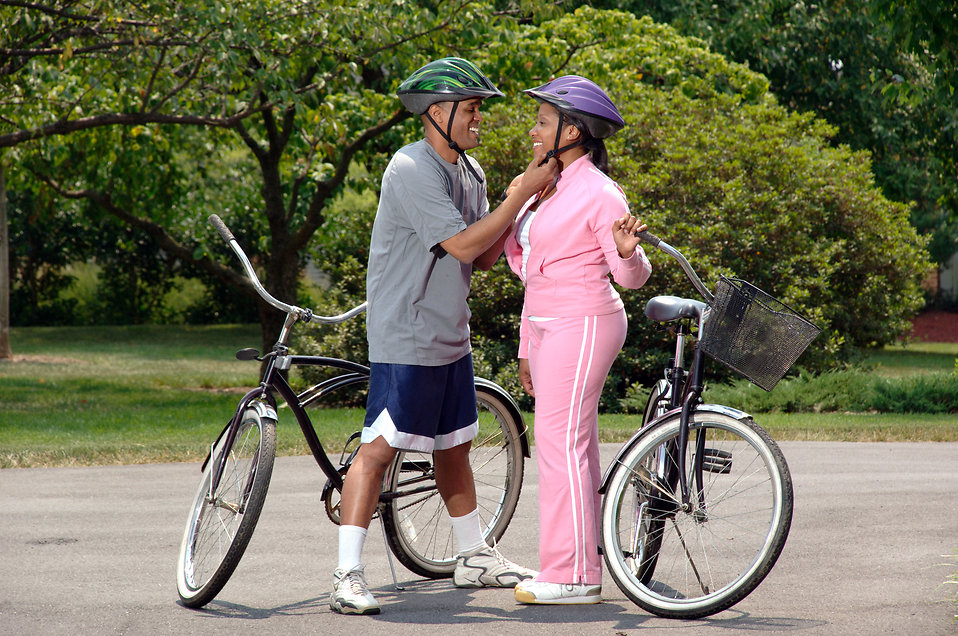When you begin cycling you should do your best to be as assertive and to ride as safely as possible. There are a number of things to keep in mind, and as boring as cycling safety may be, it is what will help prevent accidents.
Lock it up
Always lock up your bike. Even if you are just popping into a shop for five minutes, lock your bike up. You might even want to use two different locks.
Be assertive
Take a cycling training course if you haven’t done so already. OK, so you may have learnt to ride a bike when you were small and how hard is it to remember? It’s literally like riding a bike again. But, you will be surprised what a two hour course can do. It will change the way you think about cycling and the way you cycle, forever. Understand the rules of the road and exercise good cycling proficiency. This will help to keep you safe on the roads.
Traffic lights
When you get to a traffic light what should you do? Gear down. Pedalling in high gear once the lights have turned green is for fools. Gear down and give yourself a head start.
Punctures and bike maintenance
Part of being a cyclist is knowing your instrument; your bike. Get to know your bike inside and out. You shouldn’t set off on a ride if you don’t know how to fix a puncture. A puncture repair kit will help you, so will puncture-proof tyres. Be wise, and know how to fix one, just in case.
It is also important that you carry out essential bike maintenance. There is plenty of advice on the internet; apps, YouTube are all there with helpful tips. By learning these handy tips yourself you will be able to save yourself money by not constantly checking your bike in for regular maintenance and fixes. Make sure that your tyres are always firmly pumped before heading out on your bike, a flat tyre can be extremely dangerous.
Take your time
It can be tempting to cycle fast and not take the time to practice proper cycling proficiency. Take your time, look before you signal to manoeuvre, glance back before you place your arm out to turn.
You will find that pedestrians do walk out in front of you, cars forget to look and people in general will irritate you. Take a deep breath, sometimes you need to take an extremely deep breath, and focus on the task at hand. Try your best not to get angry, cycling should not be stressful, despite what can happen sometimes.
Bicycle accidents sadly do happen. If they do it is important that you speak to a bike solicitor to file a bicycle accident claim. Do what you can to be as safe as possible on the roads, but if you are involved in a bike accident then take the necessary steps to claim the compensation that you deserve.
Carry on Cycling can help you with your claim. Get in touch with the specialists today.
To learn more about cycling in Wales click here.
About the author:
Sarah Mcarthy is a writer for Carry on Cycling. You can find her on Google Plus here.








 What to Wear
What to Wear